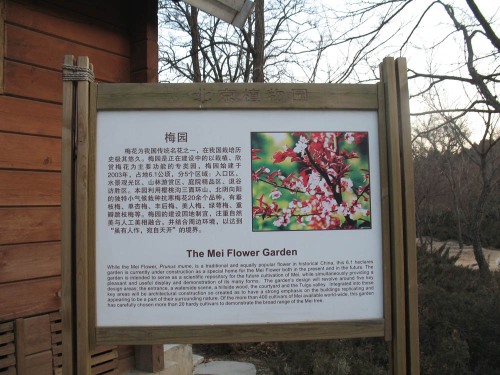
Espalier dating from the 1940s in a St Anns Allotment
A new survey is about to take place on the St Anns Allotments in Nottingham to explore its orchard history and to find out the diversity and numbers of varieties still existing.
The grade 2* listed St Anns Allotments is the oldest and largest area of detached town gardens in Britain. Many old features still exist including wells, glasshouses, Victorian summerhouses and fruit trees, particularly apples, pears and plums. The site covers 34 hectares and is divided into an intricate network of over 600 individual plots surrounded by hedge-lined pathways and avenues. The current layout of the Allotments, also known as Hungerhill, was put together some time before 1839, but evidence for its cultivated use predates this. The Crown Survey Map of Sherwood Forest, 1609, indicated Hungerhill as a defined area of common ground. It was some time in Stuart times that the area was fenced off and cultivation began. The first development towards combined tenancy and cultivation appears to be about 400 years ago in 1605, when the Hungerhill gardens were ‘divided’ into about 40 burgess parts which were let to inhabitants of the town.
Mature fruit trees are some of the most striking features of the site, particularly the huge pears (there are some 30 specimens of large, mature pears). There are likely to be excess of 600 apple trees ranging in age. Research to map the locations, varieties and histories of the trees on the site has never been carried out before so little is known at present. Phase 1 of the survey will take place for a few weeks from late April. We will locate and record what basic trees exist and where. I plan to record data on age, condition (including pruning), habit, and characteristics etc. Phase 2 is the identification stage and will take place in the fruiting season 2009.
Eventually we will develop a guide for gardeners about the fruit trees on site and the legacy left by the gardeners before them. We will offer advice and guidelines on pruning and maintenance.
Can anyone offer any advice on features we ought to be recording and does anyone have any information on ‘old’ varieties of fruit in Nottingham or know anything about what may have been grown on the St Anns Allotments? If you would like to be involved in the project in any way, whether to help with the surveys or to carry out archival research please let me know! You will be warmly welcomed.
Helen Keating, Heritage and Outreach
Read Full Post »


